Want to know to save an indoor plant from dying? Just stop doing these 15 things that kill your houseplants!
1. You’re are Overwatering
Overwatering is the number one reason why you see an indoor plant dying. Watering a lot kills any container plant quickly. It leads to the rotting of the roots, suffocating them, and developing fungus in the soil. Yellowing, droopy leaves with less vigor are indicators of overwatering.
A Tip: Wait until the topsoil is dry enough to water the plants. Poke a finger an inch or two to identify the moisture level. Or use a water meter or moisture meter.
Also Read: How Not To Kill Plants In Containers
2. Poor Drainage is Affecting Your Houseplants
Poorly drained pot can accumulate water at the bottom, which causes root rot. Placing gravel at the bottom of the container, which doesn’t have a drainage hole, may help.
A Tip: Before planting, ensure the pots you use have proper drainage holes. Suppose you’re using non-draining containers–water accurately with care.
Also Read: WHY YOUR INDOOR PLANTS ARE DYING
3. Too Much or Too Little Light
Light exposure is the main reason why indoor plants die. Plants that need more light to become lanky indoors and die gradually. On the other hand, low-light houseplants suffer when they are exposed to direct sunlight. They turn pale and develop faded scorched spots.
A Tip: Do thorough research every time you start to grow a new plant to understand its growing requirements. There are some easy to grow houseplants that perform well in indirect light
4. You Don’t Fertilize Properly
Lack of fertilizer leads to weak plants with pale leaves and stunted growth. Fertilizing potted plants regularly is essential as they have no other source to get the required nutrients in container culture.
A Tip: Fertilize the plants as per their individual requirements at the right time, following the product’s instructions.
5. Over-Fertilizing is Not the Solution
Excessive Fertilization is another problem, just like fertilizing too little. Fertilizers contain salts, which thwart the flow of water into the roots. Browning leaf tips, yellowing and wilting lower leaves, defoliation, and crust of fertilizer on the soil surface are some of the common symptoms of overfertilization. Check out this informative article from Penn State Extension to learn more.
A Tip: To reduce the effects of overfertilization, apply a lot of tap water to the soil to wash away the salts. Follow this process for a couple of days.
6. Never Underestimate the Pests
Mealybugs, Spider Mites, Aphids, Fungus Gnats, and Scales are some of the most common houseplant pests. These notorious pests can make your houseplant look dull and unhealthy. However, pest infestation usually doesn’t occur in a controlled indoor environment.
A Tip: Always inspect a new plant for pests and insects before buying it. Keep an eye on your plants to detect pest infestation early. You can remove the pests at the initial stage by handpicking. Pruning out the infected part or spraying the plants with a mild insecticide also works.
7. Are You Reusing Old Potting Soil?
The nutrients stored in the soil wash away due to repeated use. So, avoid using the same potting soil over and over again. Although, soil that is not yet compact and hard in texture and free from pathogens and bugs can be reconditioned again.
A Tip: There are a few steps that you need to follow before reusing the same potting soil–Read this informative article on Gardenista.
8. Not Using the Right Kind of Water
Using tap water is the cheapest and easiest way to water your PRECIOUS houseplants. But, tap water is generally hard and alkaline, rich in salts. Accumulation of these salts generates a white crust on the surface of the soil. And over time, the leaves start to turn brown and fall; reduced growth and wilting are some other symptoms to watch as well. Tap water also consists of chlorine, which can cause chlorine toxicity.
A Tip: Let the tap water sit for 24 hours in a bucket, and then transfer it carefully into your watering can or another container. Leave the bottom 2 inch of water, which contains the collected salts. This way, the chlorine will evaporate, and salts will settle down at the bottom.
9. Pot Bound Houseplant and Not Repotting
Potted plants require repotting when they become large or pot-bound. When the houseplant needs repotting, it shows symptoms like slow or no growth, and the growing medium starts to dry out quickly. The best time for repotting is when the plant is actively growing, for example, in spring and summer.
A Tip: Watch if roots start to appear on the top or from the drainage holes. This article at Pennsylvania State University Extension is very helpful.
10. Poor Air Circulation and Lack of Humidity
Poor air circulation is the primary cause of why houseplants die. In this condition, the infestation of pests, rot, and fungal diseases affect the plants. Similarly, lack of humidity turns the leaf tips brown and dry.
A Tip: Read our informative article to learn how to increase air circulation for indoor plants. Misting the plants regularly helps in increasing the humidity. Find out ways to increase humidity for houseplants here.
11. Dirt on Houseplant Leaves
Accumulation of dust and dirt on the leaves restricts the absorption of light by reducing the rate of photosynthesis. The plant starts to look dull. Dirty leaves also attract foliar diseases and insects. It looks like a minor issue, but if neglected, the plant dies eventually.
A Tip: Wipe the leaves routinely with a soft cotton cloth. If the spots are difficult to remove, use lukewarm water and mild liquid soap to clean the top and undersides of the leaves. Spider mites and Mealybugs are found on the undersides of the leaves. Cleaning the leaves frequently prevents them as well. Check out this informative guide to learn more!
Baking Soda recipe for cleaning houseplant leaves– Mix a pinch of baking soda in one-liter water. Use this solution to wipe your plants. Baking soda has many other essential uses in the garden; check them out here.
12. Improper Winter Care and Cold Drafts
Winter care for houseplants is a must. The drop in room temperature below 50-55 F (10-13 C) can damage or kill them. Ensure that your plants are not exposed to cold drafts and leaves are not touching the cold windows. Chilled wind can freeze your warmth-loving indoor plants. Hot or cold air vents are detrimental too.
A Tip: Keep the windows closed on cold nights to protect your plants. Don’t expose them to cold drafts and heaters in winter. Read this helpful houseplant winter care guide from Nebraska University Extension.
Also Read: How to Care for Indoor Plants in Winter
13. Plants Exposed to Heat
Plants exposed to hot air in summer (applicable if you live in a warm climate) and intense direct sunlight in the afternoon suffer damage from heat. Also, being too close to or underneath the AC air vents or high-speed fans in summer has an adverse effect. This sucks away the moisture from houseplants and reduces the humidity around them.
Similarly, if you live in a cold climate, avoid placing the plants near the fireplace, radiators, and heat vents.
A Tip: Change the location of your indoor plant if it is facing the direct intense sun or living underneath vents. Increase watering during the summertime. Must read this informative article at Care2 for help.
14. Underwatering and Neglect
Like overwatering, underwatering can kill your houseplants as well. Plants wilt and droop due to lack of water and start to look unsightly. Neglect and improper care is also the reason why houseplants die.
A Tip: Poke your index finger 2 inches deep before watering to find out the moisture level. Avoid keeping the soil dry for a long time. If you can’t find time to water or go out for a vacation, using self-watering containers can be an option.
Some plants thrive on neglect, but this doesn’t mean you can completely ignore them. If you forget, set reminders for caring activities like watering, fertilizing, and pruning.
15. You Don’t Know Much About the Plant You’re Growing
Are you one of those people who start growing plants without knowing their basic requirements and growing conditions? If yes, then this might be the reason why your houseplants die. Do proper research on your houseplants.
A Tip: Always read the care instructions thoroughly before planting every new plant. The internet is full of informative growing guides.


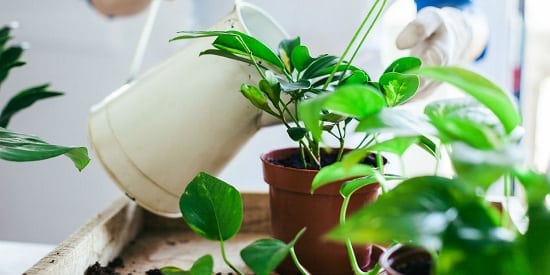
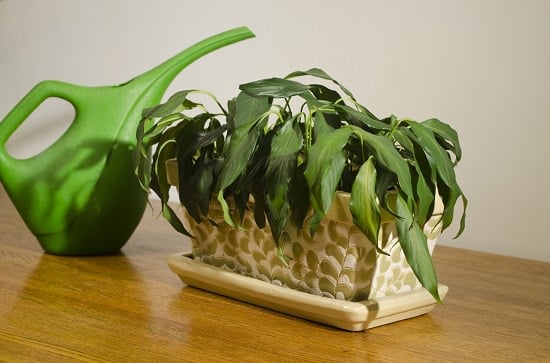




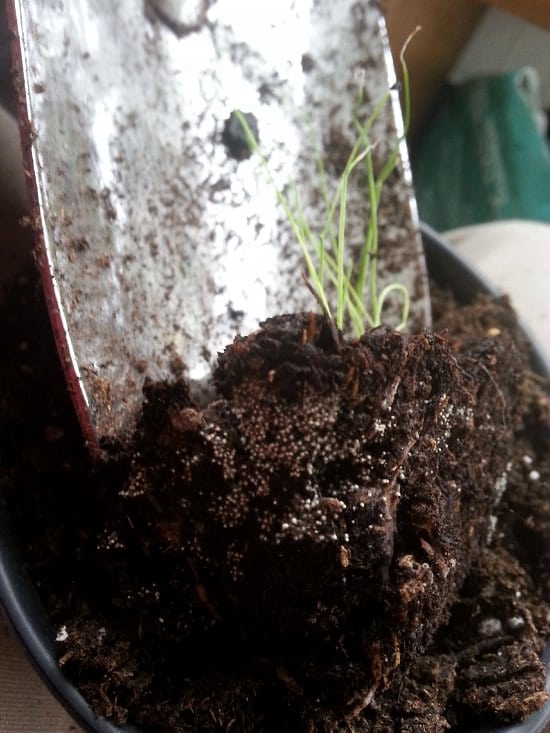

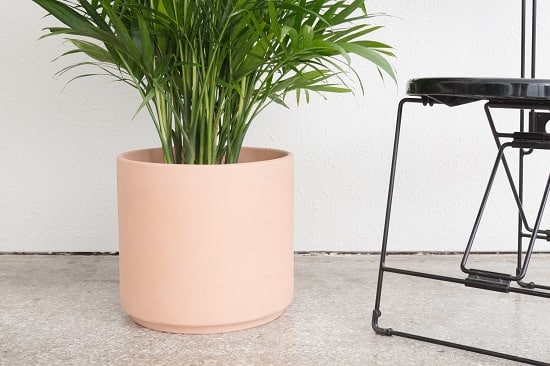
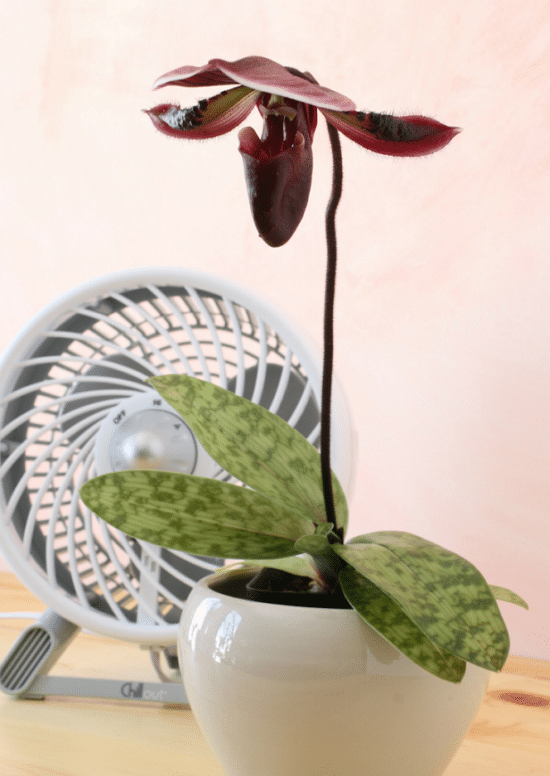
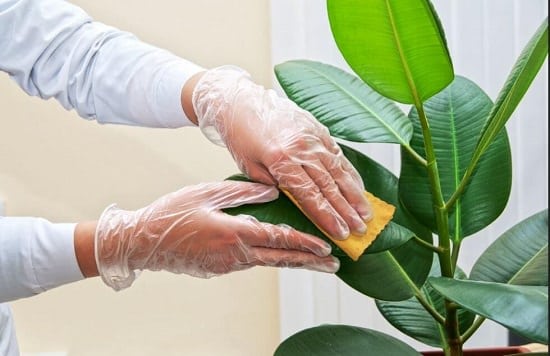


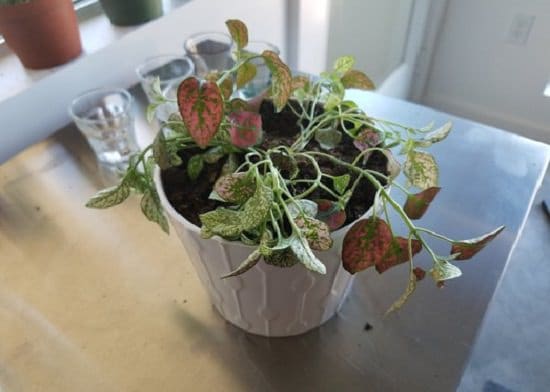
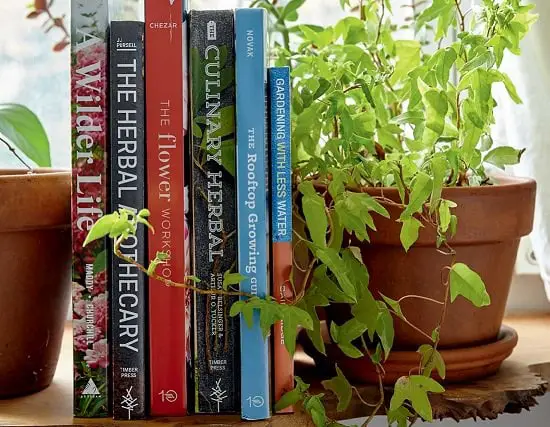

Very useful tips
Perfect and useful information